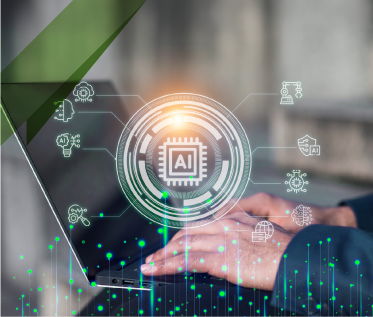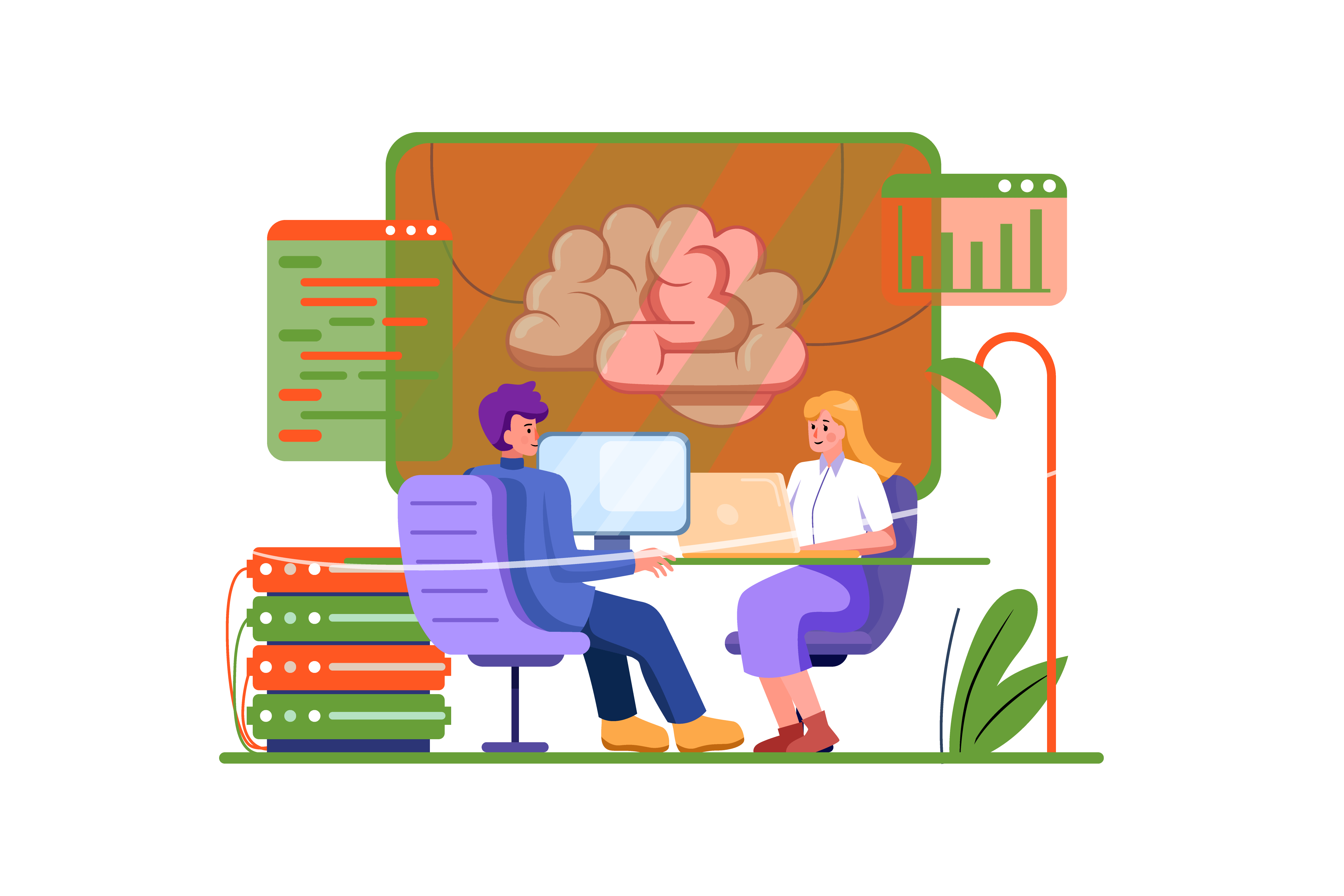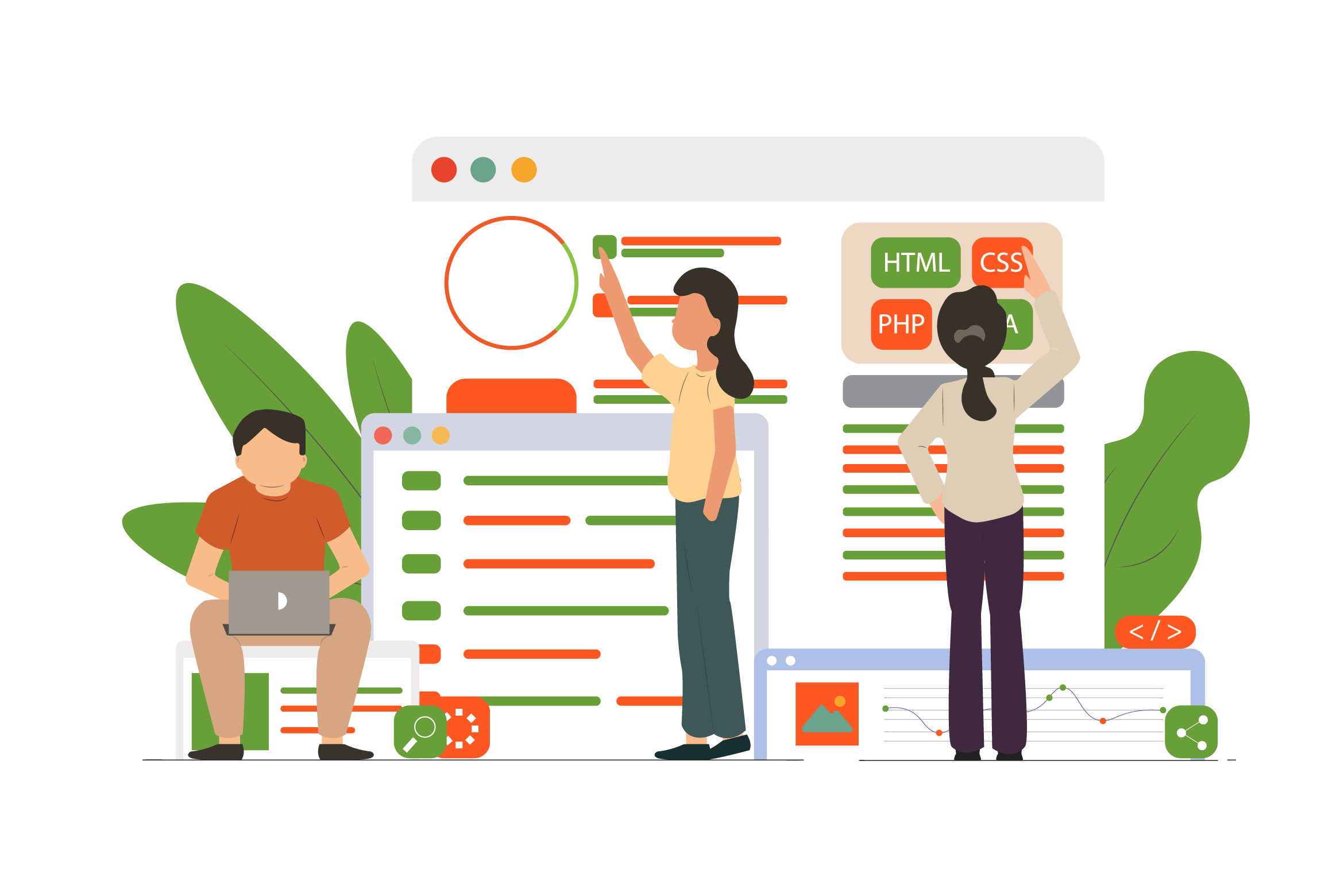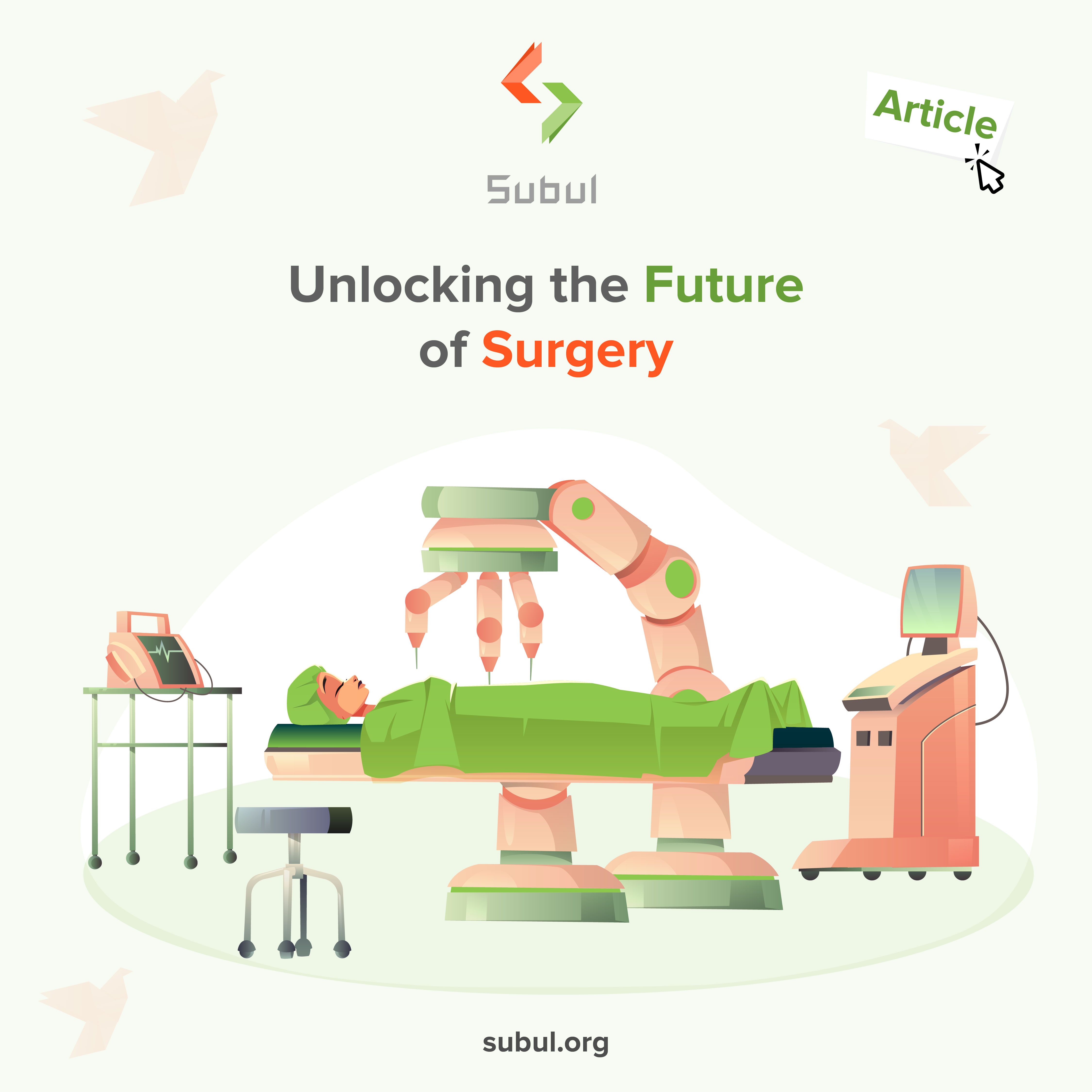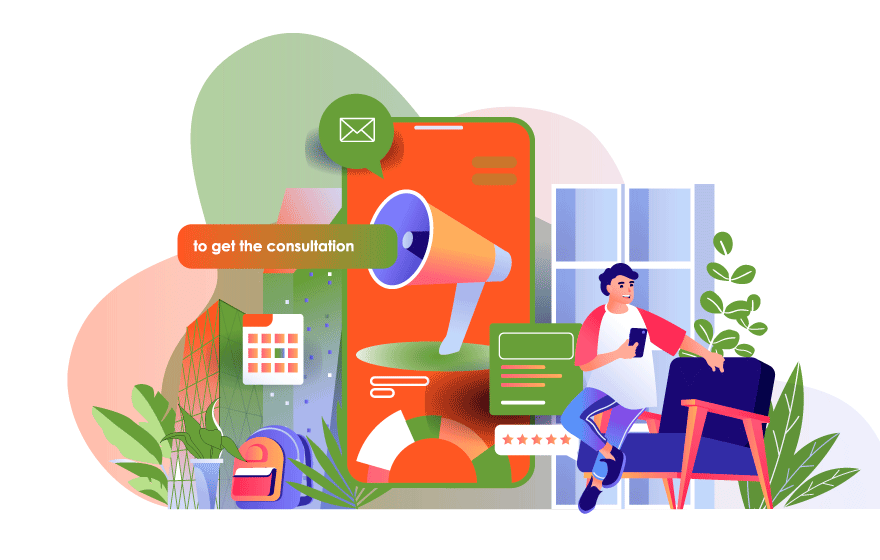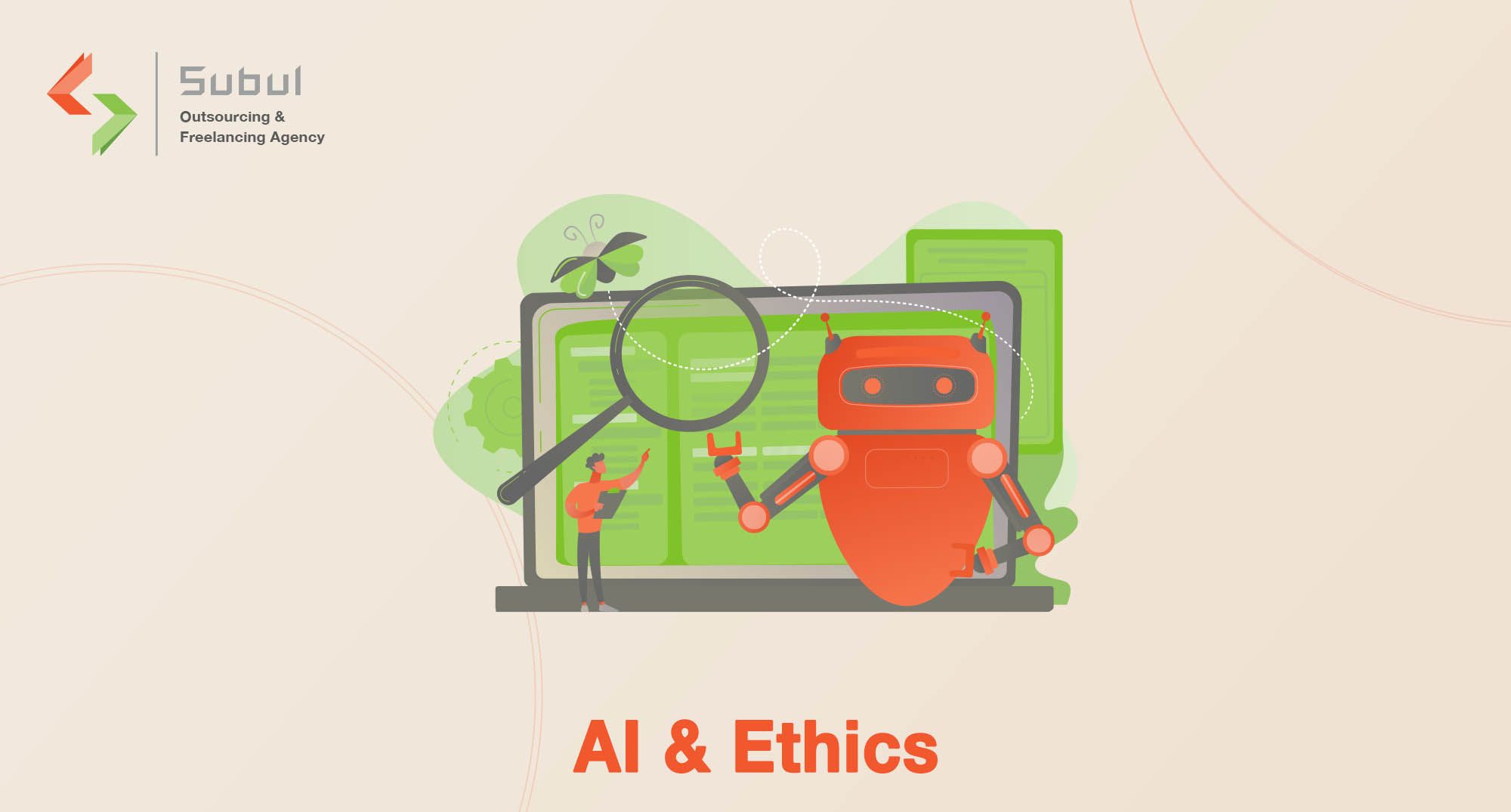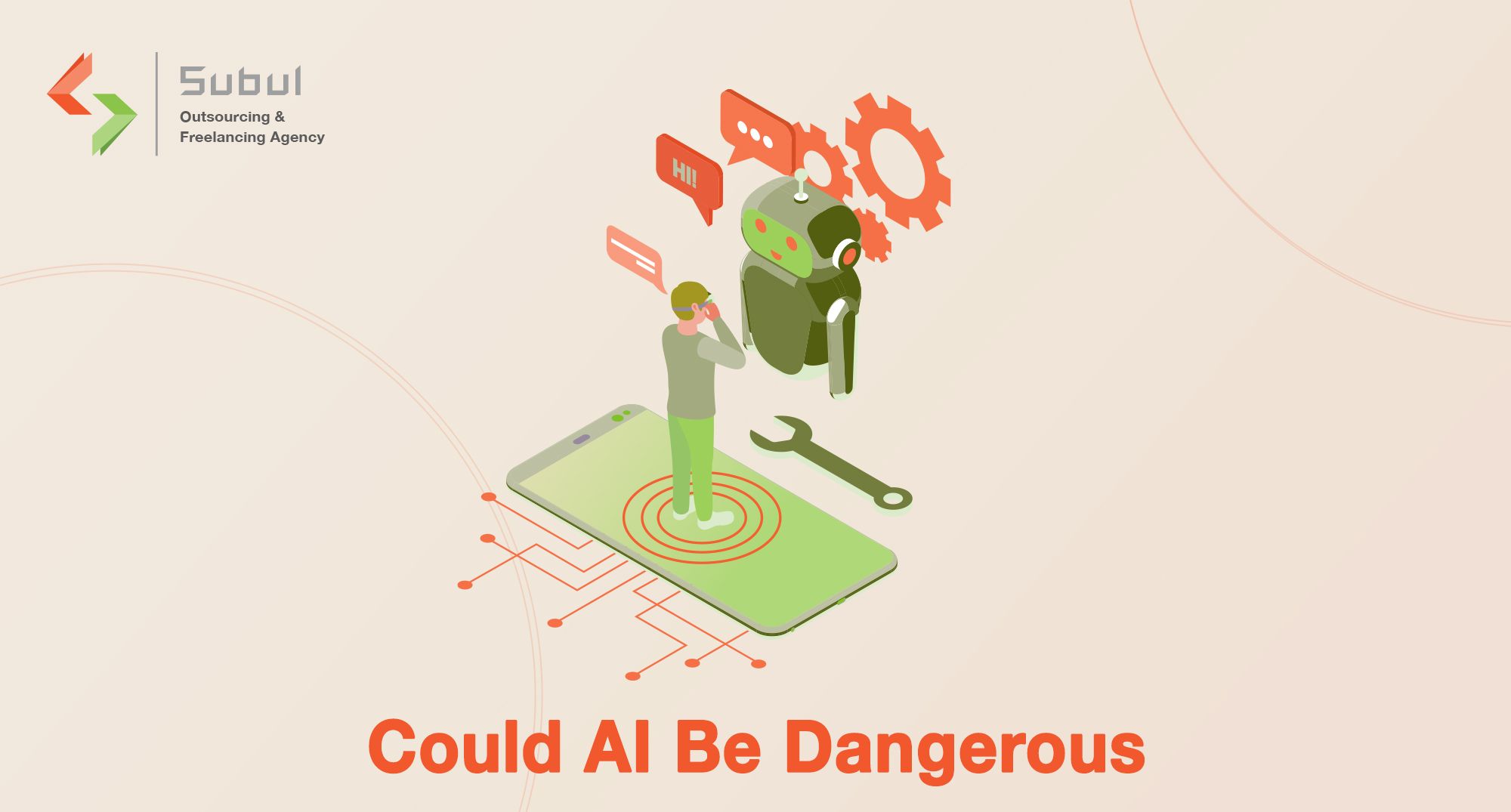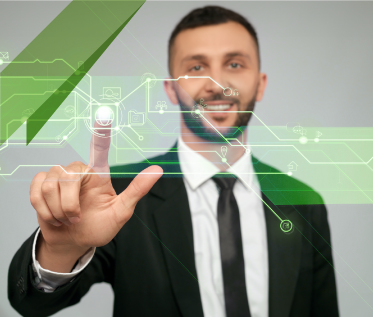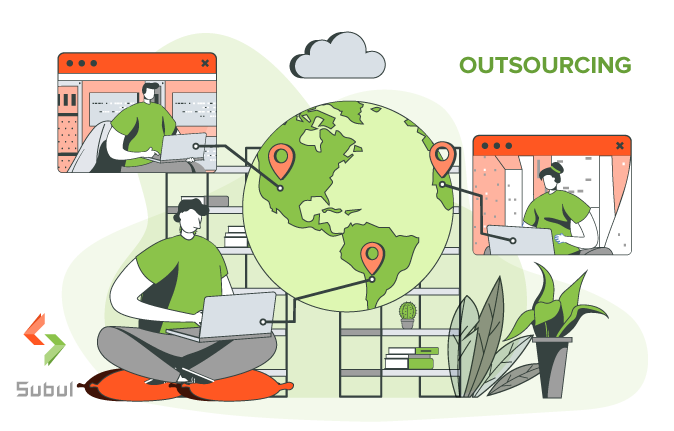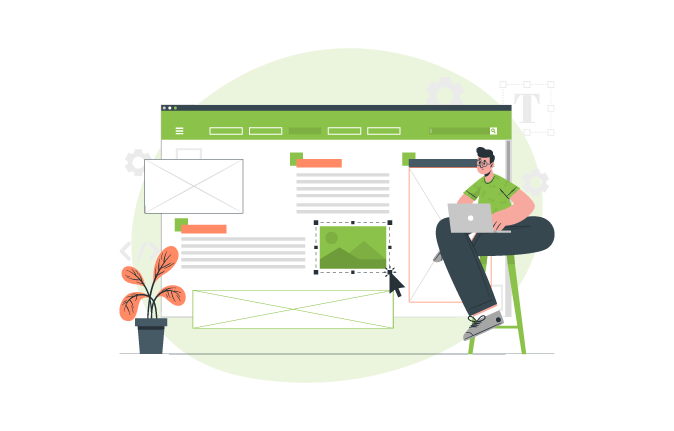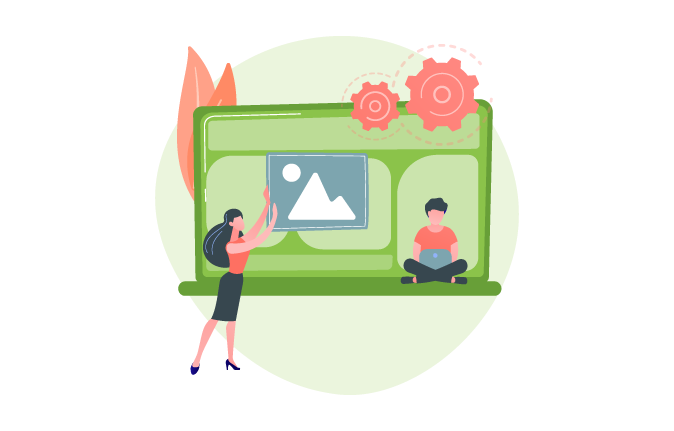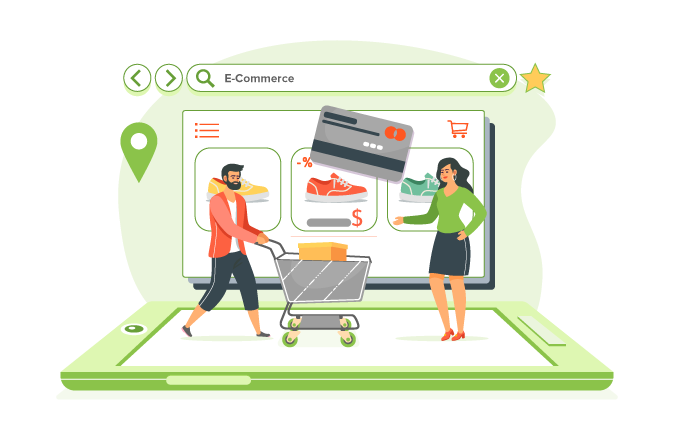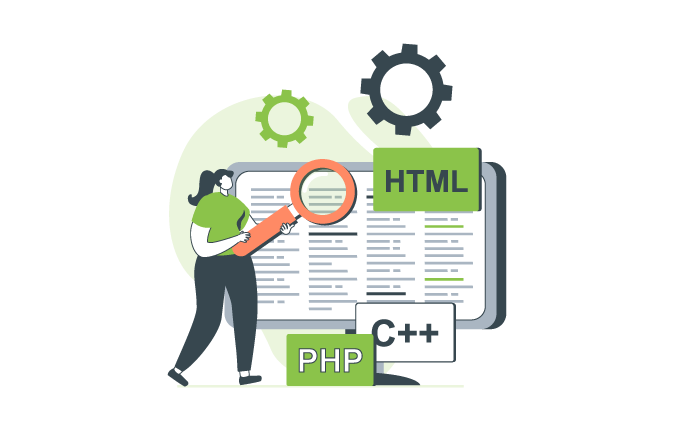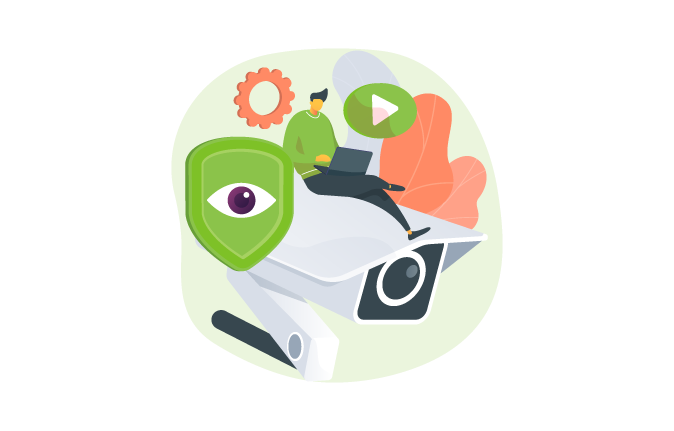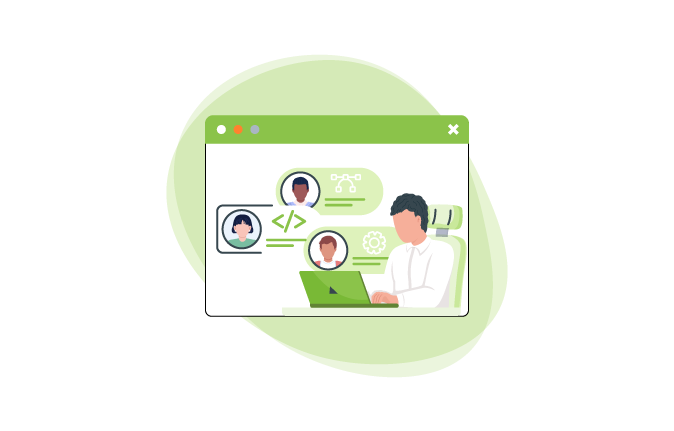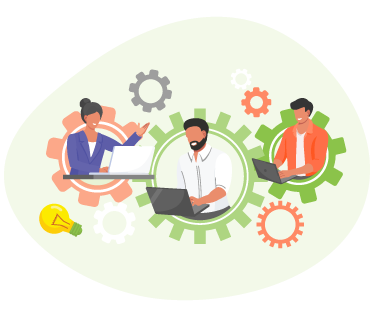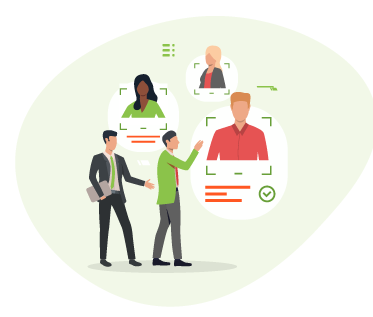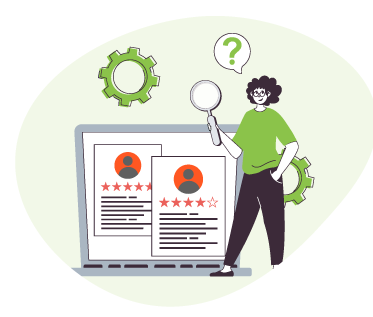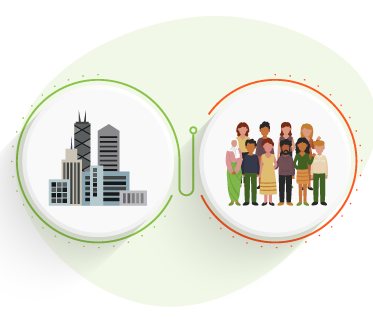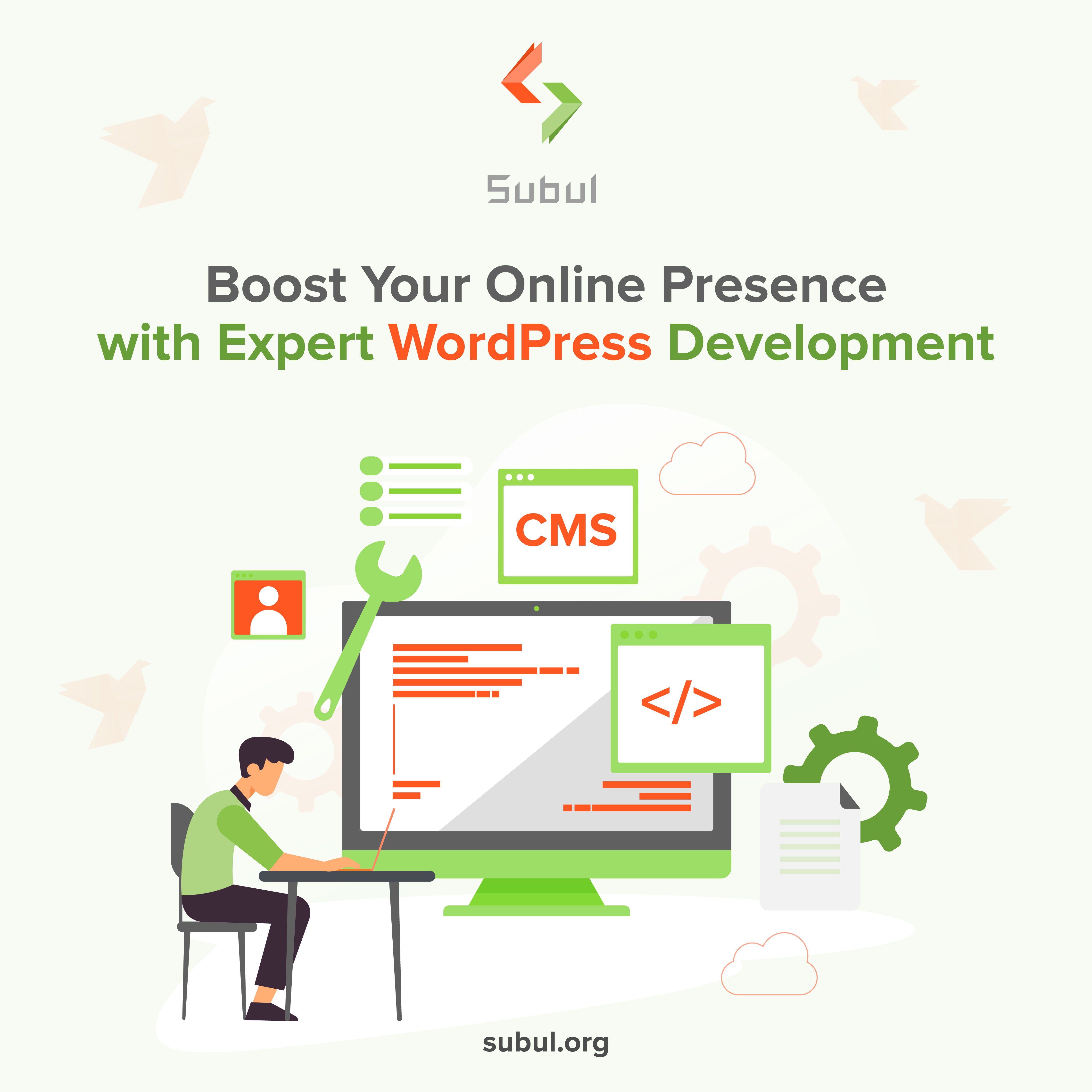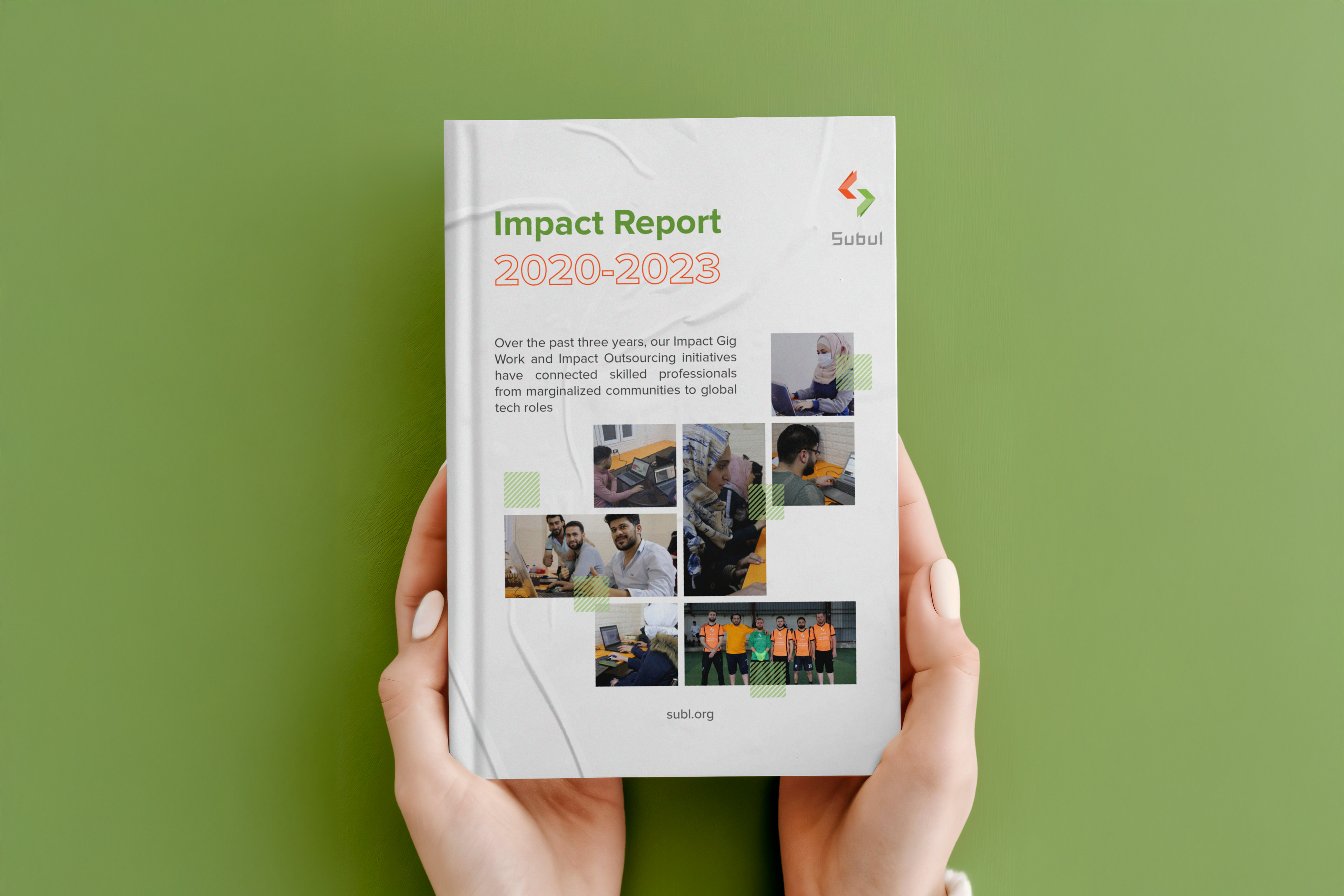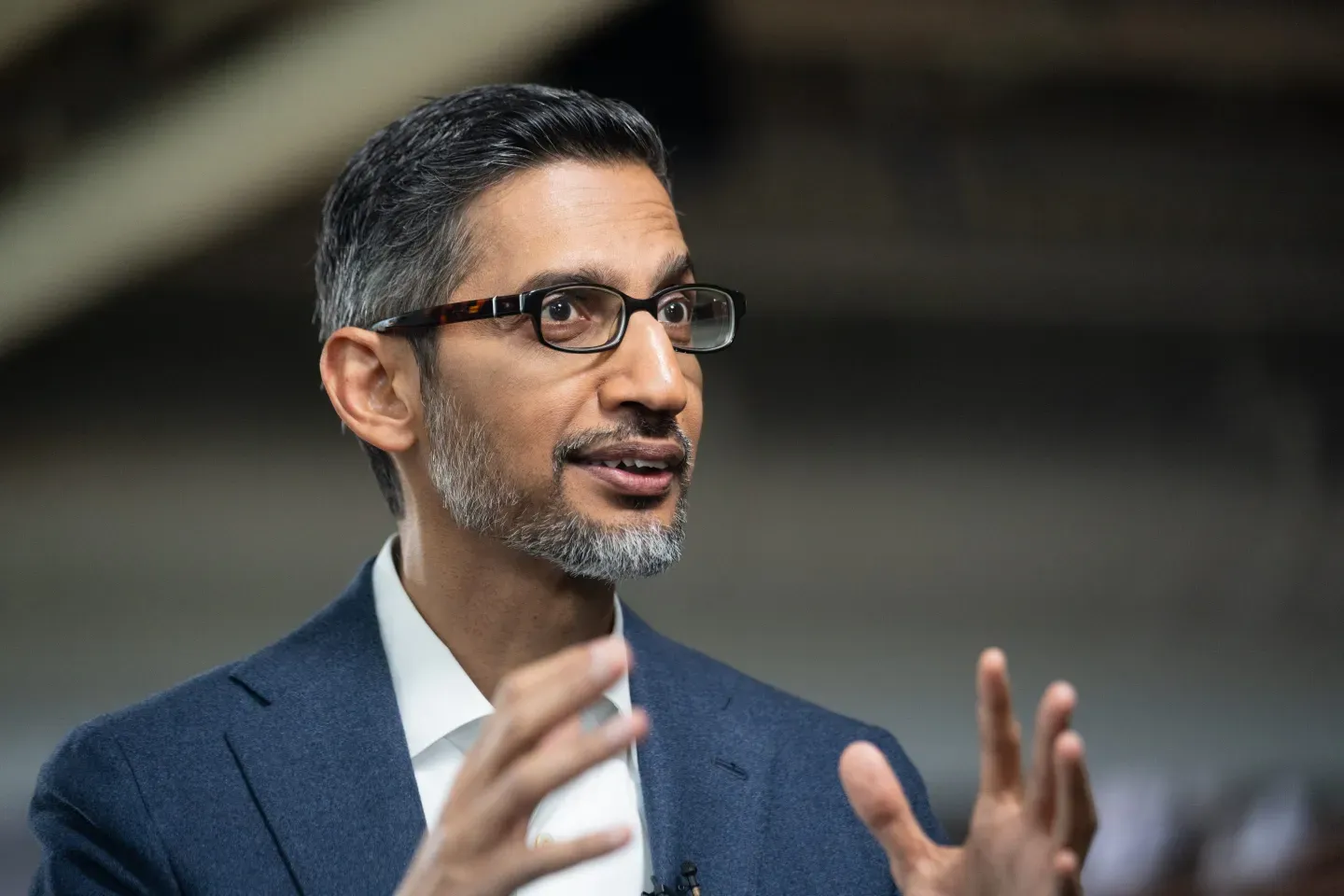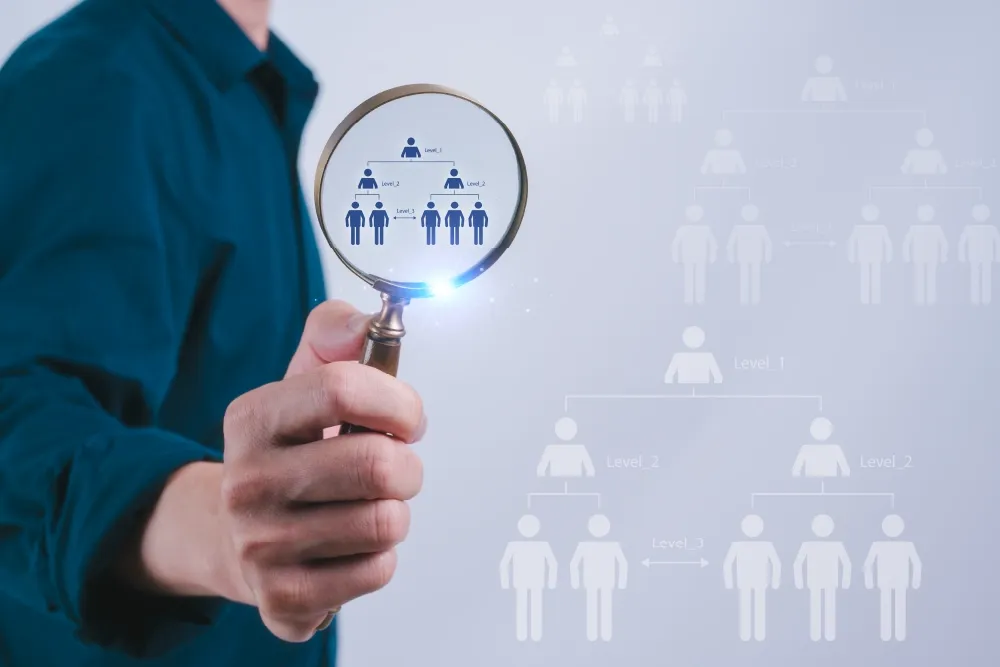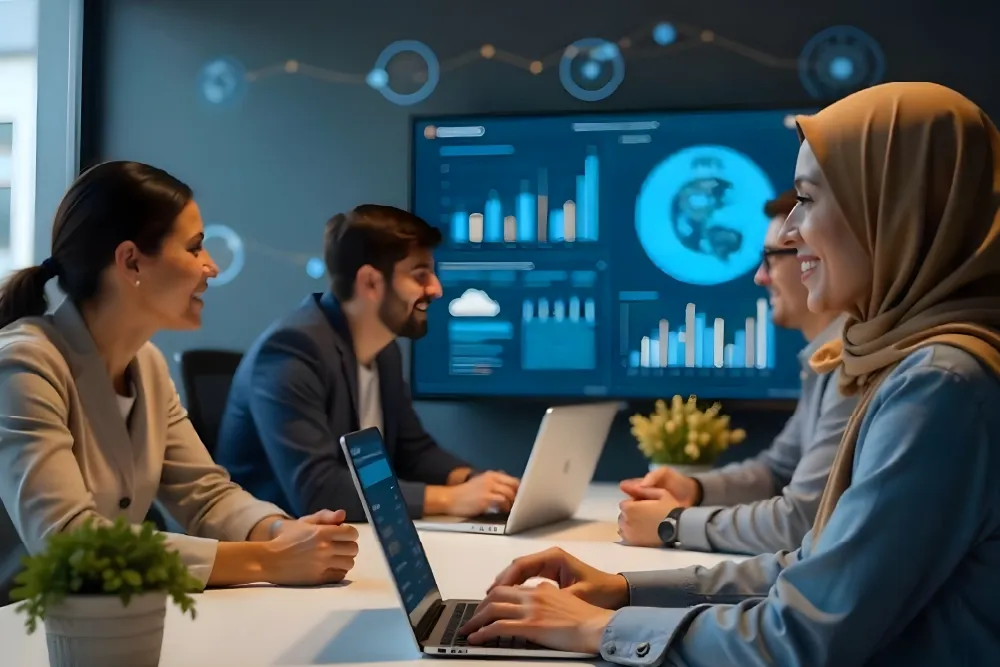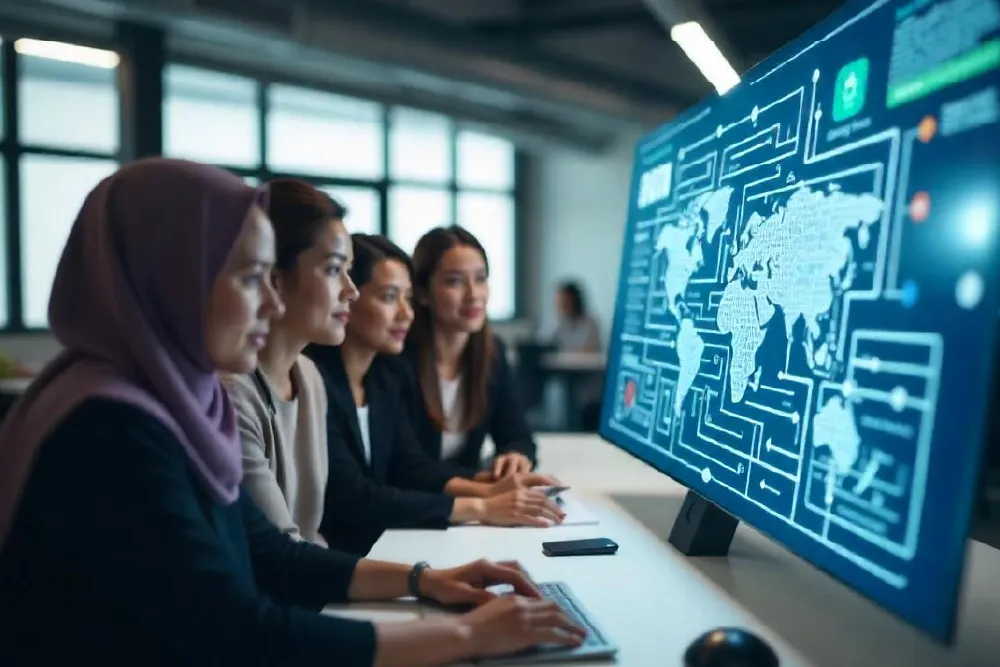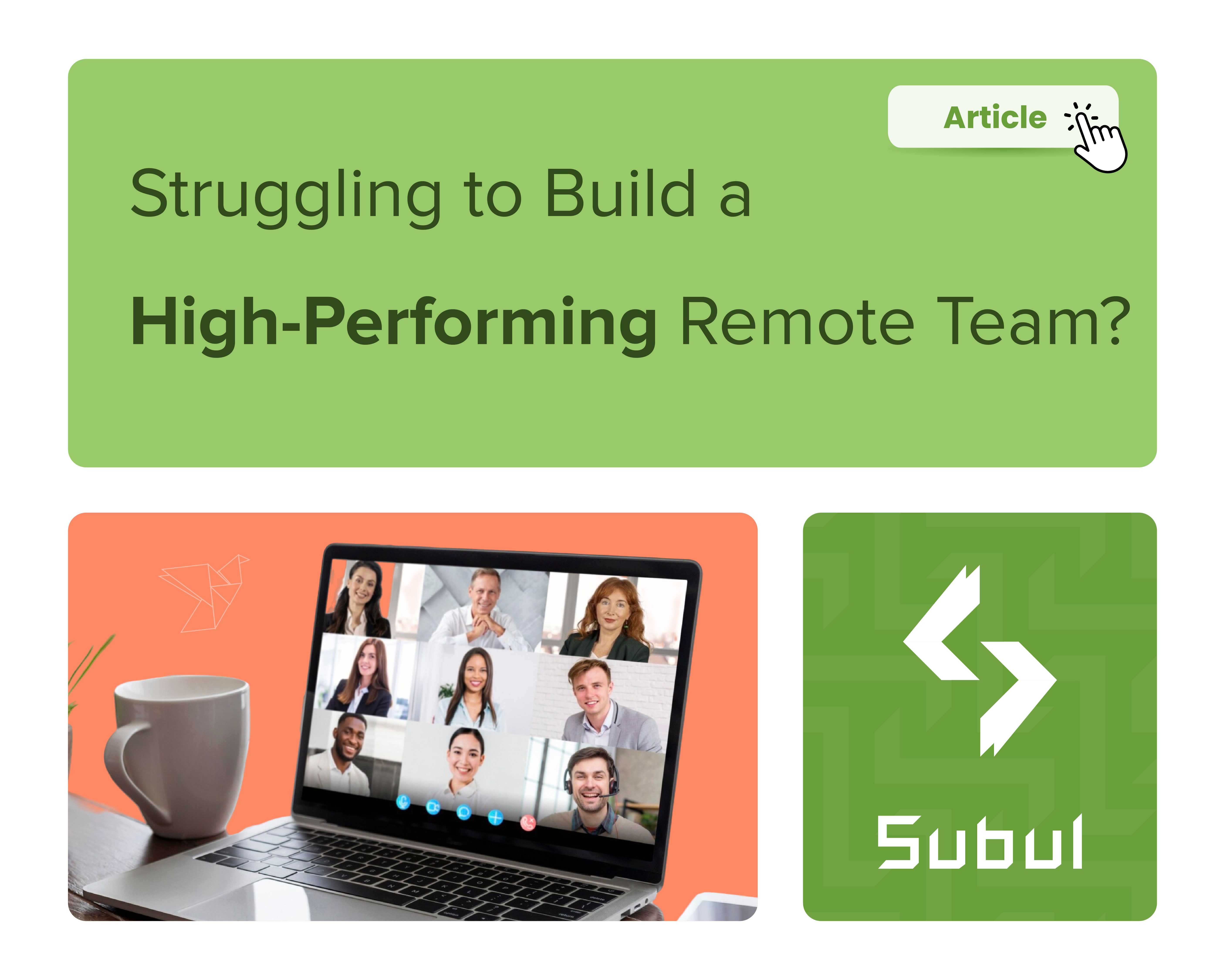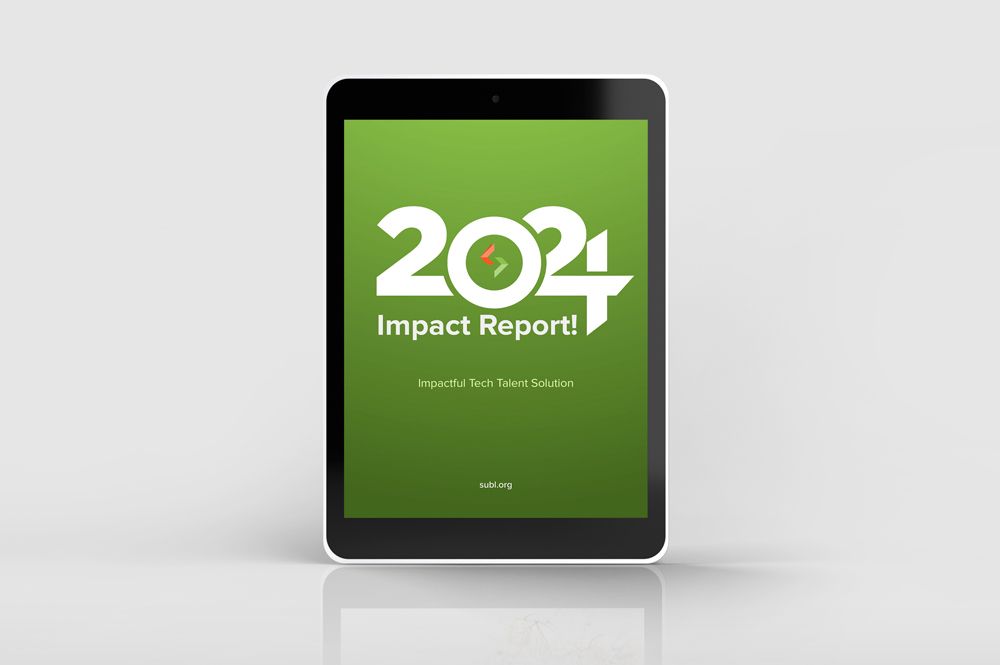The Artificial Intelligence of Things (AIoT) represents the convergence of two groundbreaking technologies: Artificial Intelligence (AI) and the Internet of Things (IoT).
With AI revolutionizing industries and IoT connecting billions of devices worldwide, the potential for AIoT is immense. In this article, we explore the growth, applications, and benefits of AIoT, as well as its role in shaping the future.
The Growth and Potential of AI and IoT
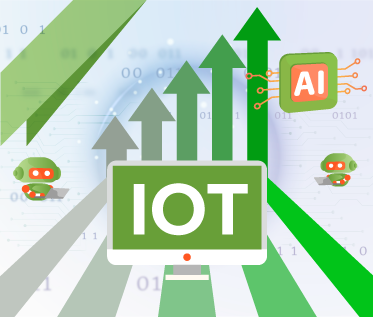
AI is currently experiencing exponential growth, with the global AI market projected to reach a staggering $266.92 billion by 2027, up from $62.35 billion in 2020. Studies reveal that AI has the capacity to enhance business productivity by an average of 40%, thanks to improved data collection, automation, decision-making, and cybersecurity capabilities.
Similarly, IoT is rapidly expanding, with the global IoT market reaching a value of $389 billion in 2020. Forecasts indicate that by 2025, there will be approximately 15.9 billion IoT connected devices worldwide, generating a massive data volume of 79.4 zettabytes (ZBs). The proliferation of IoT devices signifies a technological revolution that permeates various aspects of our lives, necessitating effective data management solutions.
Understanding AI and IoT
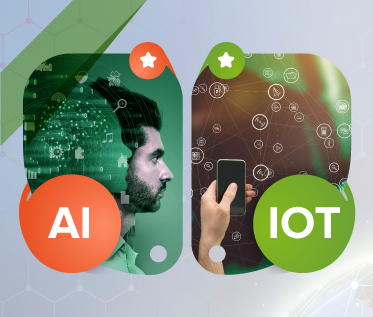
To comprehend the potential of AIoT, it is vital to grasp the concepts of AI and IoT individually.
IoT refers to a network of interconnected "things" capable of exchanging, collecting, and processing data over the internet.
These "things" range from everyday household objects like refrigerators and coffee machines to advanced industrial tools. In the industrial setting, IoT has already revolutionized communication, control, logistics, machine quality, and data analysis, facilitating process optimization and efficiency.
AI, on the other hand, emulates human intelligence processes through machines, focusing on learning, reasoning, and self-correction. AI leverages data acquisition, algorithm development, and self-adjustment techniques to accomplish specific tasks.
The application of AI spans various domains, including autonomous vehicles, cybersecurity, agriculture, language translation, and robotics.
Unleashing the Power of AIoT
When AI is integrated with IoT, the resulting AIoT paradigm unlocks a myriad of applications and benefits across industries.
a) Enhanced Decision-Making: AIoT enables data-driven decision-making processes, empowering businesses to derive valuable insights and optimize operations. Real-time data analysis, predictive modeling, and anomaly detection improve efficiency, accuracy, and cost-effectiveness.
b) Smart Traffic Management: Traffic congestion and safety concerns have become pressing issues in urban areas. AIoT offers innovative traffic management solutions by monitoring traffic flow and suggesting adjustments in real-time. By analyzing IoT-generated data, AI algorithms can optimize traffic flow, adjust speed limits, and fine-tune traffic lights to alleviate congestion and enhance road safety.
c) Smart Office Buildings: IoT devices, such as sensors and cameras, enhance the functionality of office buildings. These devices can adjust temperature and lighting, creating comfortable and energy-efficient environments. Additionally, real-time video surveillance and facial recognition technologies improve security while monitoring employee performance.
d) Autonomous Delivery Robots: AIoT finds practical applications in autonomous delivery robots. These intelligent robots leverage sensors and big data analysis to navigate their surroundings and make autonomous decisions. Industries ranging from healthcare and entertainment to customer services and food distribution can benefit from these versatile robots.
e) Industrial Internet of Things (IIoT): Numerous industries are embracing the Industrial Internet of Things (IIoT) to optimize production efficiency and management processes. By leveraging AIoT
technologies, businesses can gather valuable data and unlock new insights, leading to improved operational efficiency, predictive maintenance, and enhanced supply chain management.
Embracing the Future of AIoT
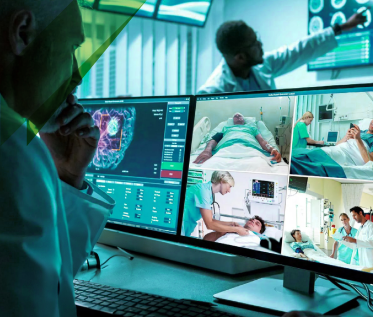
As AIoT continues to evolve, its potential applications are expanding rapidly. Industries such as healthcare, agriculture, manufacturing, transportation, and energy are exploring innovative ways to leverage AIoT for transformative outcomes.
Here are some emerging trends to watch:
a) AIoT in Healthcare: AIoT can revolutionize patient care by enabling remote monitoring, personalized treatment plans, and predictive analytics for early disease detection. Connected medical devices and AI algorithms work together to enhance diagnostics, drug discovery, and patient outcomes.
b) AIoT in Agriculture: By combining AI and IoT, farmers can leverage smart sensors, drones, and predictive analytics to optimize crop management, monitor soil conditions, and improve irrigation systems. AIoT enables precision agriculture, maximizing yield and minimizing environmental impact.
c) AIoT in Smart Cities: The integration of AIoT technologies can make cities more efficient, sustainable, and livable. Smart grids, intelligent transportation systems, and environmental monitoring contribute to energy conservation, efficient traffic management, and better urban planning.
d) AIoT in Retail: Retailers can leverage AIoT to enhance the customer experience, streamline inventory management, and personalize marketing efforts. Connected devices, RFID technology, and AI-powered analytics enable real-time inventory tracking, smart shelves, and personalized recommendations.
Conclusion
The fusion of Artificial Intelligence and the Internet of Things brings forth the powerful concept of AIoT, revolutionizing industries and shaping the future of technology. As AI and IoT continue to advance, their integration opens up endless possibilities for innovation and efficiency across diverse sectors.
From smart traffic management to autonomous robots and industrial optimization, AIoT is driving transformative change and propelling us towards a connected and intelligent world.
Embracing the potential of AIoT is crucial for businesses and society to thrive in the digital era.
FAQs: Your AIoT Questions Answered
What is AIoT?
AIoT, or Artificial Intelligence of Things, refers to the combination of Artificial Intelligence (AI) and the Internet of Things (IoT). It represents the integration of AI technologies with IoT devices to enable data-driven decision-making, automation, and enhanced functionality.
How does AIoT benefit businesses?
AIoT offers numerous benefits to businesses, including improved decision-making processes, enhanced data management and analytics, increased operational efficiency, cost savings, and the ability to derive valuable insights from IoT-generated data.
What are some practical applications of AIoT?
AIoT finds application in various fields. Some examples include smart traffic management for reducing congestion and improving road safety, smart office buildings for optimizing energy usage and security, autonomous delivery robots for efficient logistics, and the Industrial Internet of Things (IIoT) for improving production efficiency and supply chain management.
How does AIoT contribute to smart cities?
A4: AIoT plays a vital role in shaping smart cities. By leveraging AI algorithms and IoT devices, cities can optimize energy consumption, improve traffic management, enhance public safety, and enable efficient urban planning for sustainable and livable environments.
Can you provide examples of AIoT in healthcare?
AIoT has transformative applications in healthcare, including remote patient monitoring, personalized treatment plans, predictive analytics for early disease detection, and improved diagnostics. It enables the integration of medical devices, AI algorithms, and IoT connectivity to enhance patient care outcomes.
How does AIoT impact agriculture?
A6: In agriculture, AIoT facilitates precision farming practices. It enables farmers to monitor soil conditions, optimize irrigation systems, and manage crops efficiently by leveraging IoT sensors, AI analytics, and real-time data. AIoT helps maximize yield, minimize resource wastage, and promote sustainable agricultural practices.
What are the future trends in AIoT?
The future of AIoT is promising, with ongoing advancements and emerging trends. These include AIoT's role in healthcare advancements, such as telemedicine and AI-powered diagnostics, its impact on environmental sustainability, its integration with edge computing for real-time processing, and its applications in retail for personalized customer experiences.
How can businesses leverage AIoT for competitive advantage?
By embracing AIoT, businesses can gain a competitive edge through improved operational efficiency, better customer insights, enhanced product development, optimized supply chain management, and the ability to offer innovative AIoT-driven solutions to meet evolving market demands.
